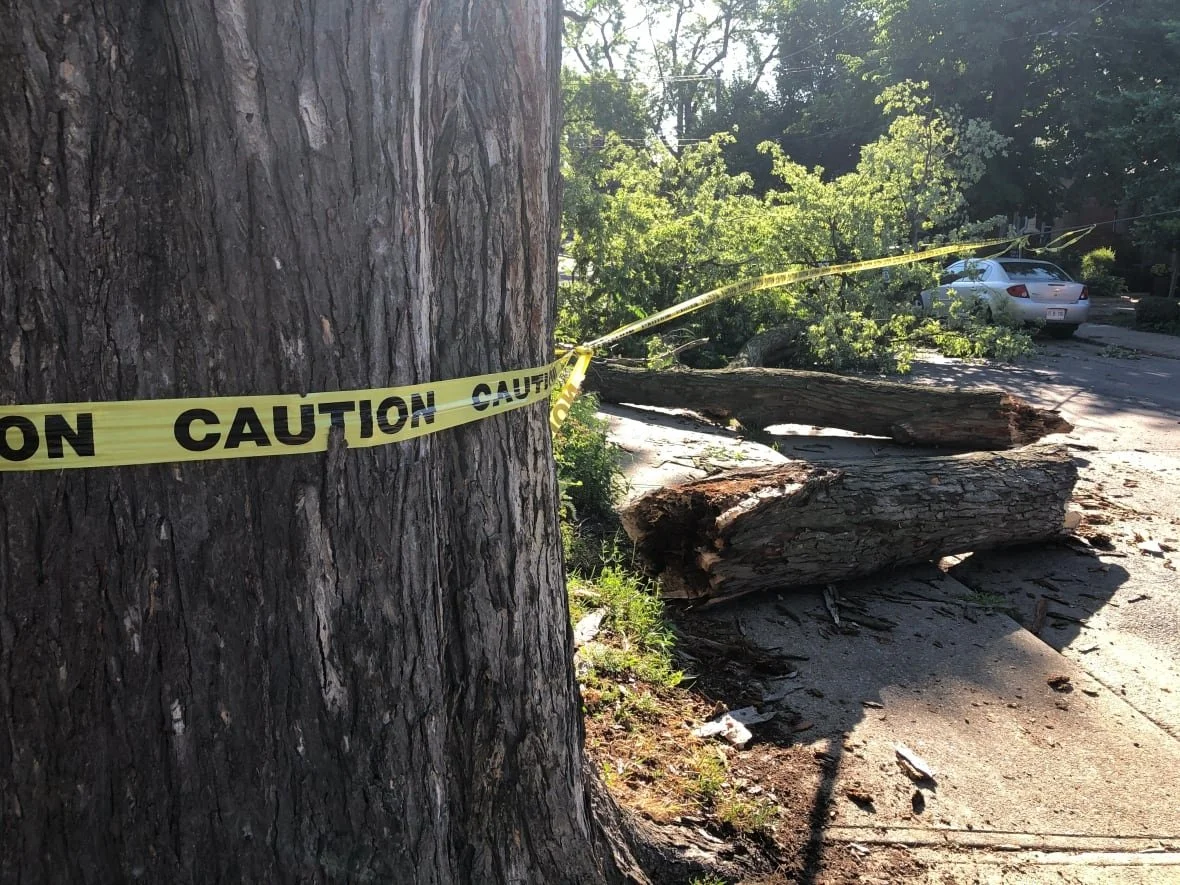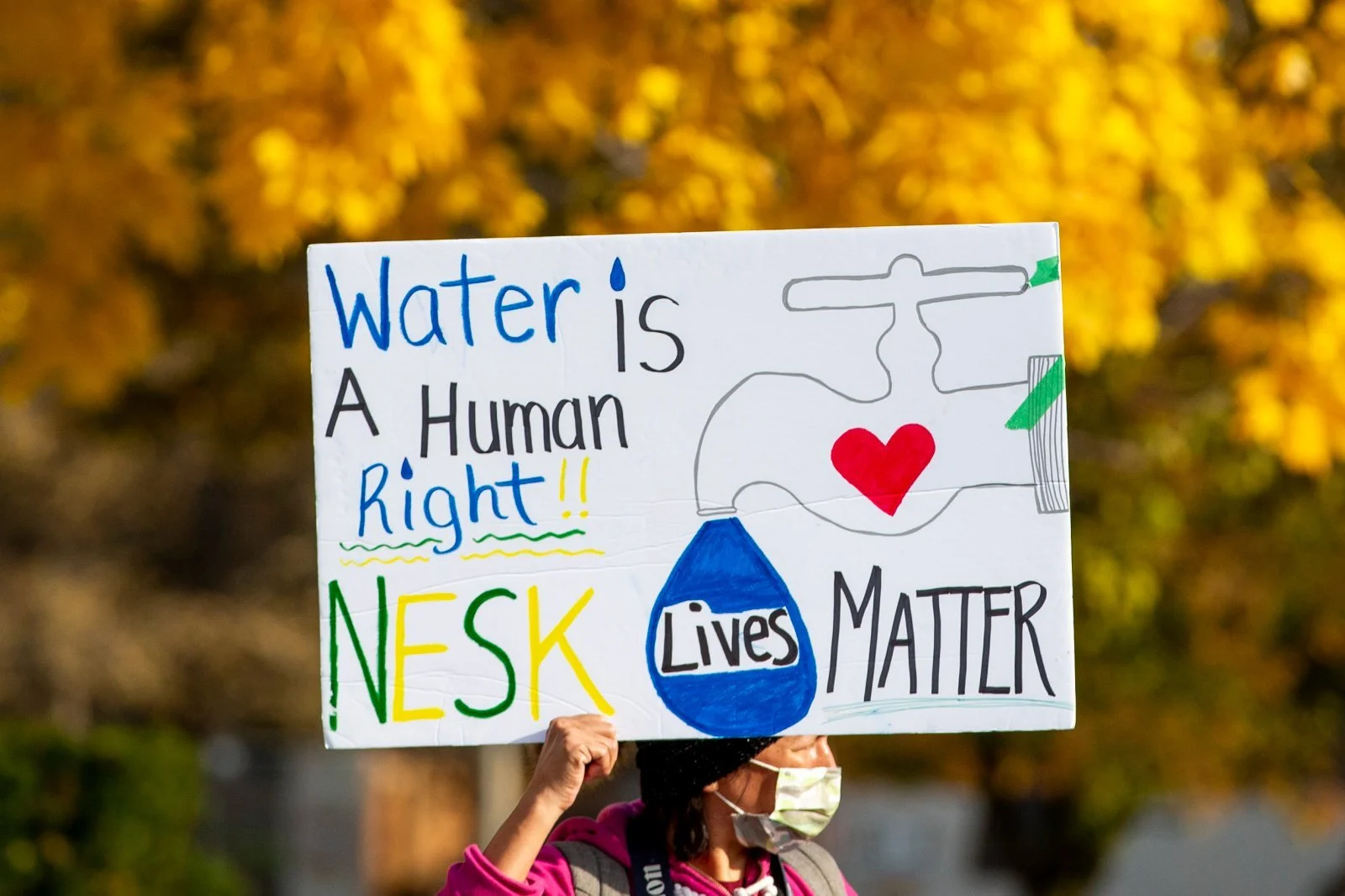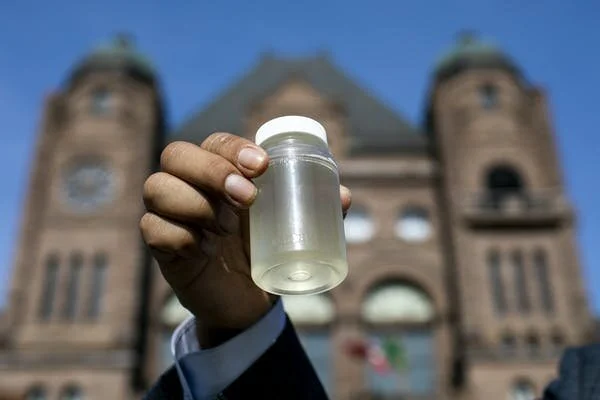She said some preparations are as easy as a trip to the hardware store. "Make sure your eavestroughs are clear and your downspouts allow water to flow away from your foundation. Put valuable things or potentially toxic items up on a basement shelf, so they don't get damaged or contaminate water." Lou Di Gironimo, general manager of Toronto Water, says storms have become more severe over the past few decades and the city has invested billions of dollars in flood mitigation programs.
How colonial systems have left some First Nations without drinking water
Rebecca Zagozewski, executive director of the Saskatchewan First Nations Water Association, said she has seen contractors save on costs when building water treatment plants on reserves by using obsolete parts and failing to include maintenance manuals, ventilation or chemical rooms, and bathrooms. “Engineering companies will put in their bids obviously as low as they can go,” said Zagozewski.
Water crisis in First Nations communities runs deeper than long-term drinking water advisories
In October, more than 250 members of the Neskantaga First Nation were evacuated to Thunder Bay after an oily sheen was found on their reservoir. The discovery left the community, located in northern Ontario, without access to running water. The evacuation drew attention to the federal government’s 2015 commitment to end all on reserve long-term drinking water advisories (in place for more than one year) by March 31, 2021. Neskantaga has been living under a boil-water advisory for 26 years.




